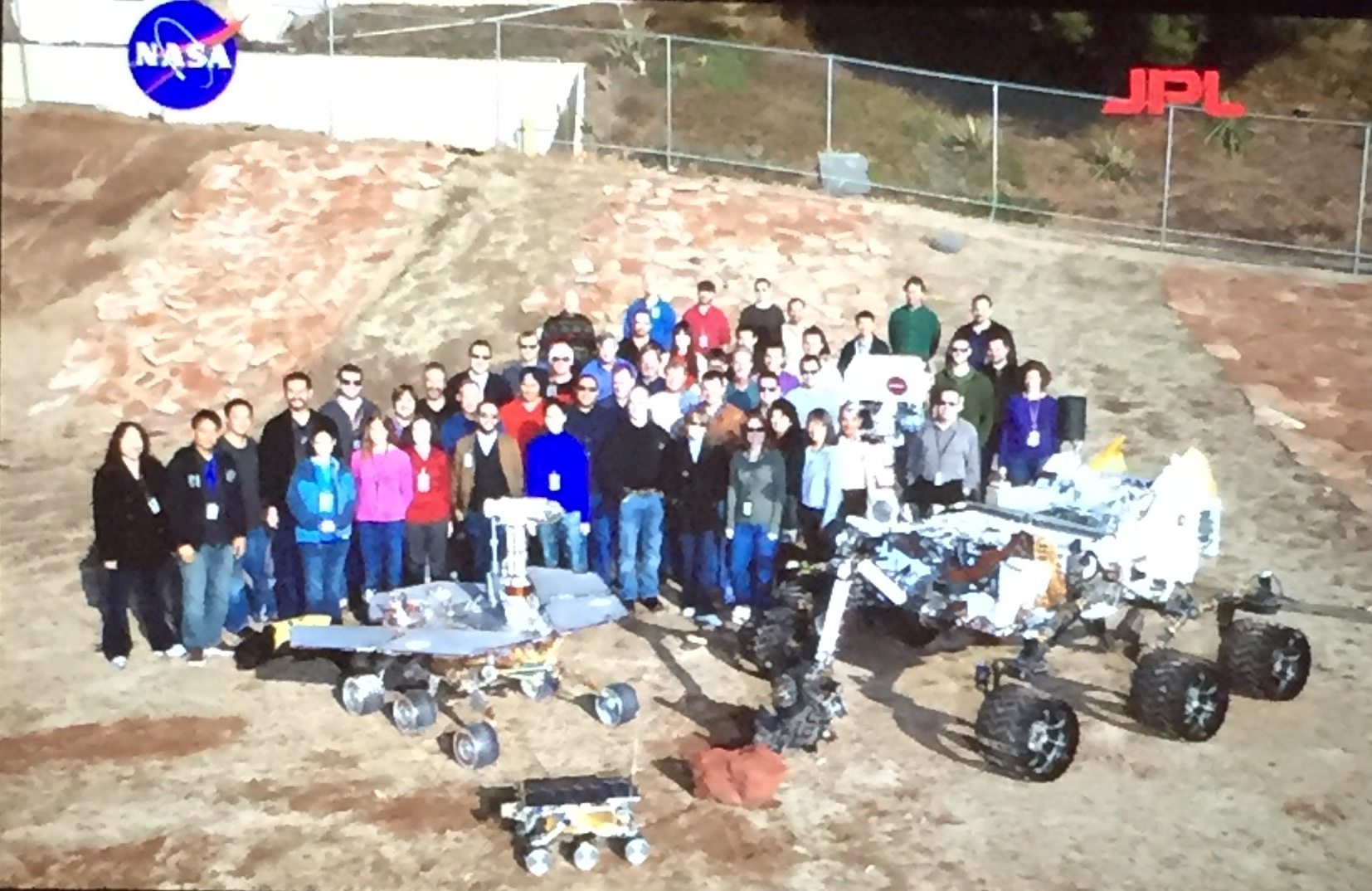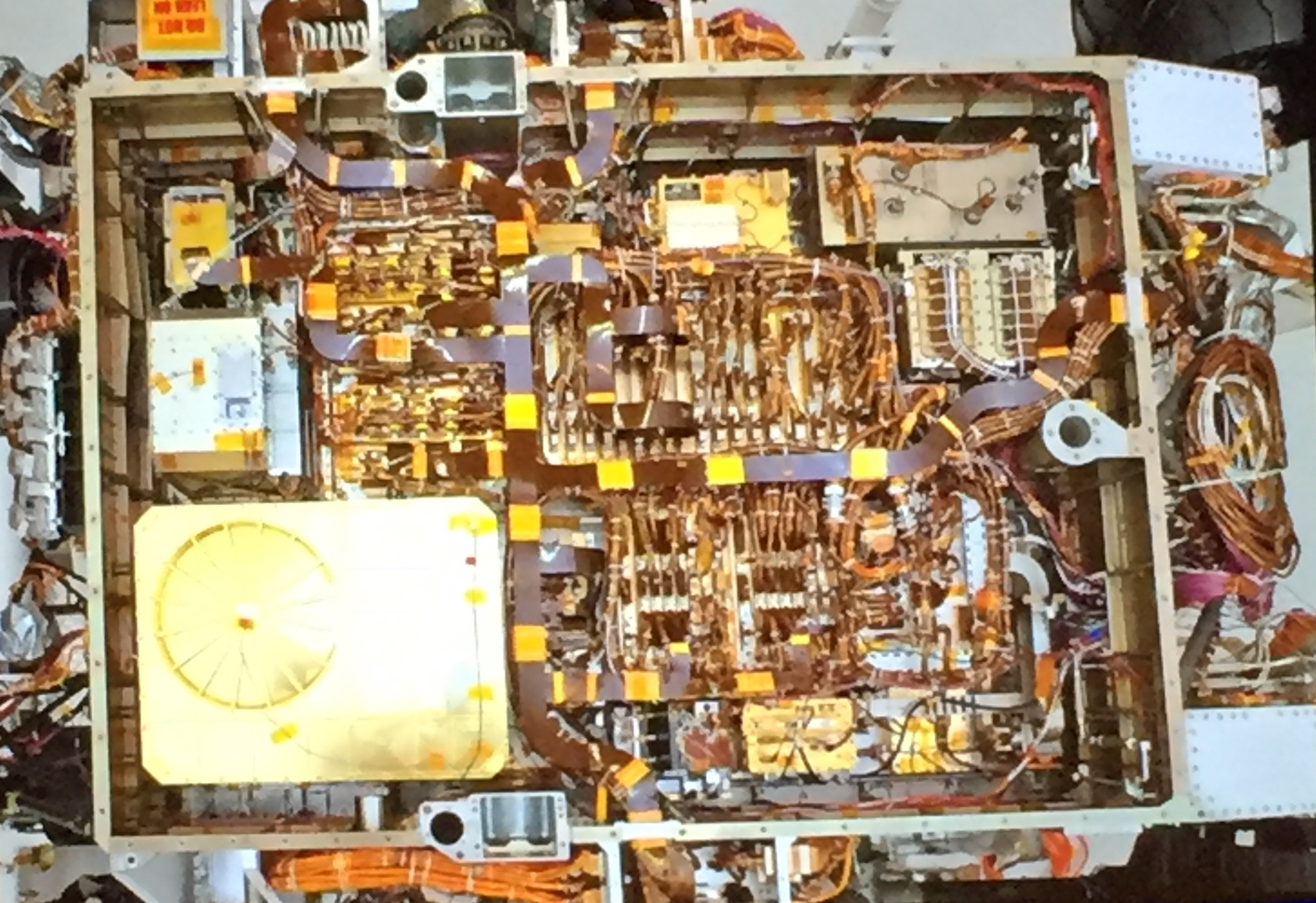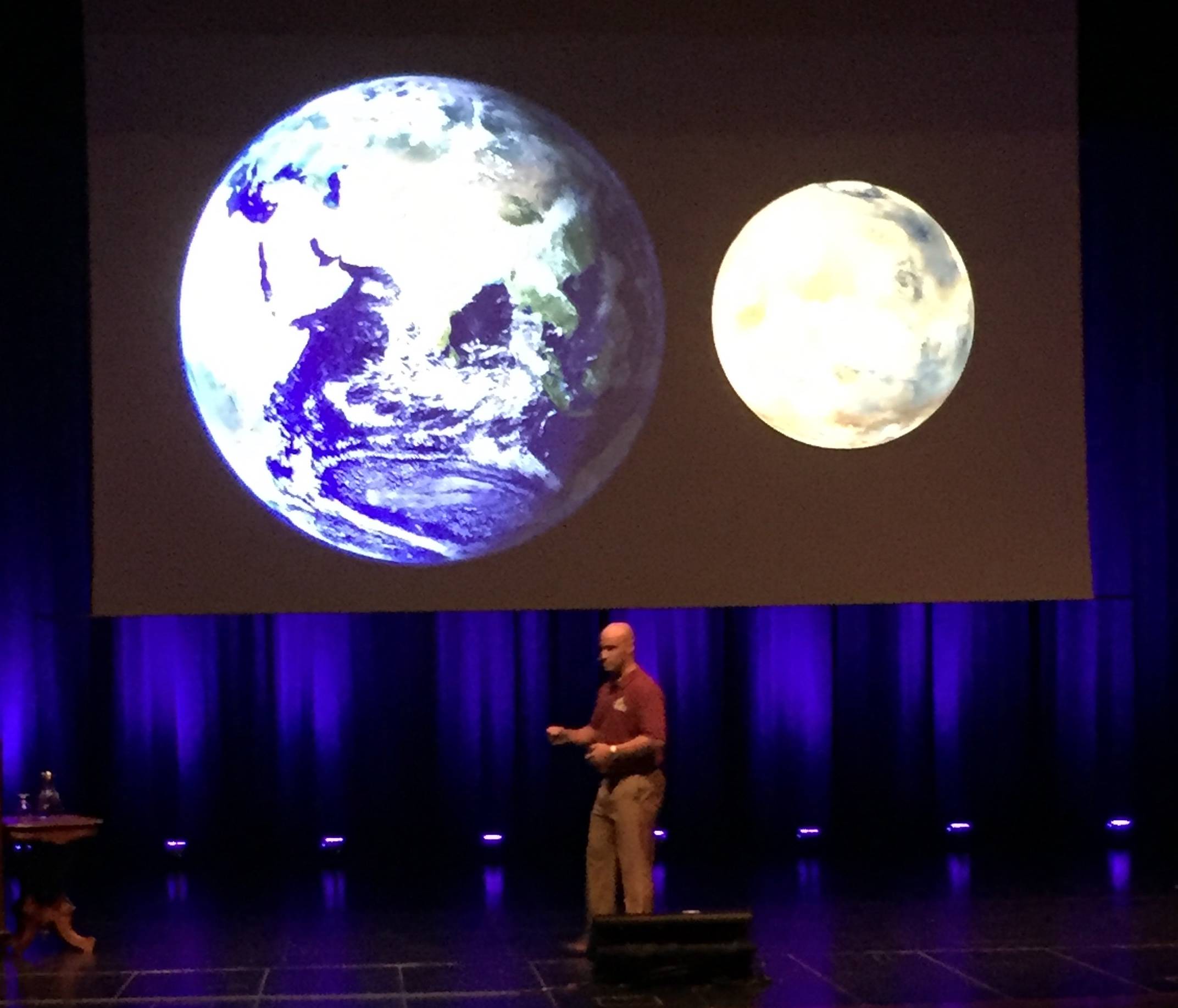By Ashley Hathaway, Contributing Writer
For Dr. Kobie Boykins, what started out as a fascination with the night sky in his hometown of Omaha, Nebraska, has turned into an incredible journey of being on the forefront of Mars exploration. Dr. Boykins has, as a NASA engineer for the last 22 years, been on the frontline of designing and building every moving part of multiple rovers that have successfully landed on and explored Mars. On Friday, September 16th, 2018, McKendree University had the pleasure of hosting Dr. Kobie Boykins as our first speaker from National Geographic, during which he gave us a rundown of three different Mars rovers: Spirit, Opportunity, and Curiosity.
Dr. Boykins radiated passion and enthusiasm as he began to explain the process Spirit, Opportunity, and Curiosity had to take in order to land on Mars. The amount of trial and error that it took to allow the magnificent amount of technology to work together in the rovers is astonishing. Hundreds of tests were ran for multiple sections of each rover to ensure their engineering was nearly perfect. Throughout the speech, Dr. Boykins referred to some of his work as “plain lucky”, but I must disagree with this statement. The work he and his team put into the Mars rovers is unparalleled, and an absolute inspiration.

While discussing the rovers’ accomplishments on Mars, Dr. Boykins began by focusing on Spirit and Opportunity, which are the two “geologists” of the trio of rovers. Spirit was the first of the two to be launched on June 10th, 2003, and landed successfully on Mars on January 3rd, 2004. Opportunity was launched shortly after on July 7th, 2003, and landed on January 24th, 2004. Spirit’s exploration on Mars lasted much longer than most expected; however, it did not seem to gather as much information as Dr. Boykins was striving for. Using some humor and wit, Dr. Boykins referred to the Spirit as the “bad sister” and Opportunity as the “good sister” throughout the speech. Spirit’s, or “bad sister’s”, exploration officially concluded on May 25th, 2011 when she got caught facing the south side of Mars which resulted in sun and heat damage.
Opportunity’s mission, however, is still in progress. The “good sister” has moved a total of 28.06 miles, but just recently stopped communicating with Dr. Boykins and his team due to a planetary dust storm that is sweeping over Mars. Opportunity caught footage of the monstrous dust storm before the communication ceased, which has given Dr. Boykins information he needs in order to understand Opportunity’s malfunctions. Dr. Boykins and his team have faith that Opportunity will pull through, but if she does not communicate within the next six months, they will have to officially conclude the mission.
The third and final rover that Dr. Boykins spoke about, Curiosity, is the “biologist” of the clan. She was launched on November 26th, 2011, and landed on August 5th, 2012. Curiosity has three main goals during her life on Mars: collect data to conclude if there is or has been life on Mars, determine if life could be sustained on Mars, and discover if Mars holds the building blocks that life needs.

Due to this, Curiosity’s engineering is even more in-depth and tedious than Spirit and Opportunity’s. Curiosity has 4.3 miles of cable inside of her that holds all of the necessary information she must carry in order to perform her jobs and meet her goals.
Currently, Curiosity has already met two of her goals, and has successfully collected data that has told Dr. Boykins that the building blocks for life are on Mars’ surface and that life would be able to be sustained on Mars. She did this by taking dirt samples from Mars and finding out the composition while relaying all of this information back to Dr. Boykins and his lab.
Curiosity’s project seems to hold a special place in Dr. Boykins’ heart. Her journey has been incredibly informative thus far, and Dr. Boykins is looking forward to her future findings.

At the end of the speech, the audience was able to ask the diligent engineer some questions. This was when Dr. Boykins’ character shined through the most. The audience seemed captivated by his responses, and one response in particular made the room flare up in applause.
Dr. Boykins was asked if one of the end-goals of Mars exploration is to create a terraform. He paused for a second and answered the question at first by simply saying no. While exploring Mars is important to scientific advances and to further our understanding of surrounding planets, he describes it as an inhospitable place that is nothing like the beautiful planet Earth that we live on.
However, Dr. Boykins ended his answer with a sentence that I found the most important of the whole speech: We must “figure out how to live here, before we live there.”
Editor’s Note: The next event in the National Geographic Live! series is titled “On the Trail of Big Cats”. Wildlife photographer Steve Winter will visit The Hett Wednesday, October 17th at 7:30 pm. Admission is free for McKendree University students! Find more information about the series on The Hett’s website.
Ashley, excellent summary of Dr. Boykins’ presentation. You captured all of the exciting details of the Mars missions and Dr. Boykins’ passion for scientific exploration. Wouldn’t it be great if we were all as enthusiastic about our work as he?